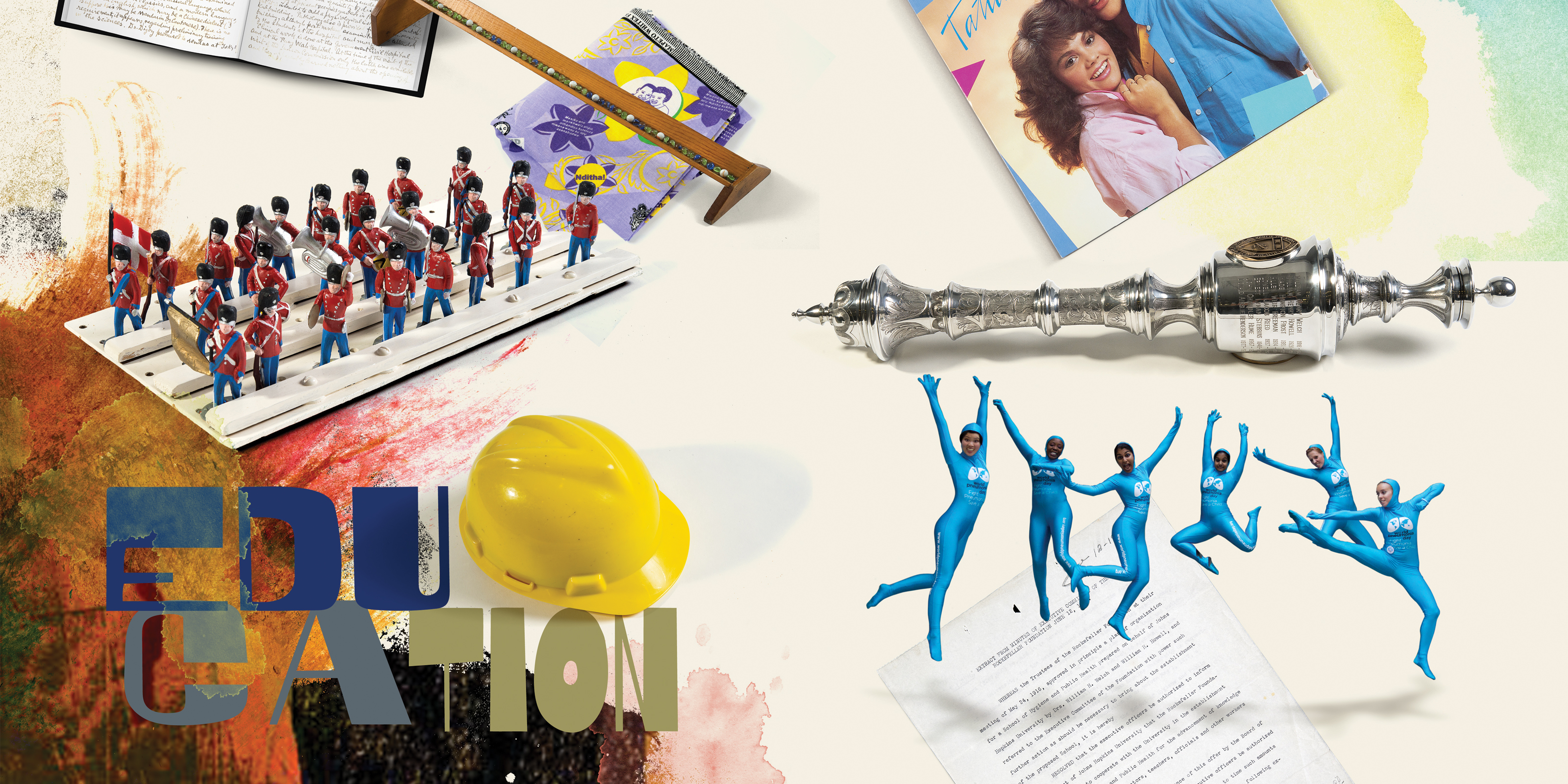
Objects of Affection: Education

Diary (December 1915)
Founding Dean William H. Welch described his travels evaluating Chinese and Japanese medical schools for the Rockefeller Foundation.
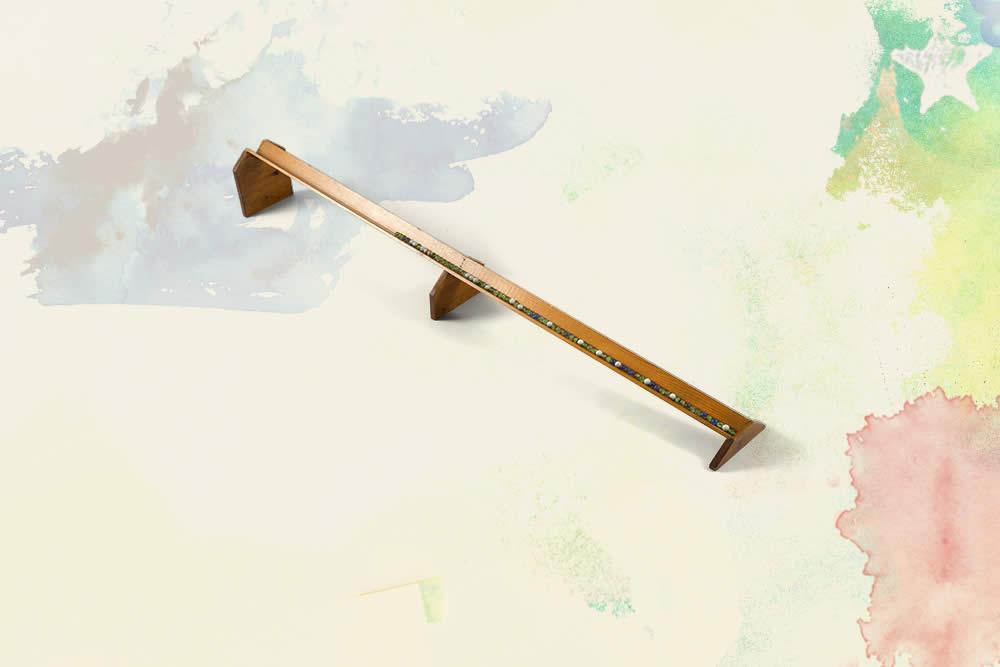
Reed-Frost Epidemic Model (c. 1940)
Lowell Reed and Wade Hampton Frost, chairs of Biostatistics and Epidemiology, respectively, developed a mathematical simulation to teach students how disease spread through a population. Three colors of marbles represented individuals at three stages: susceptible to disease, actively infected and immune.
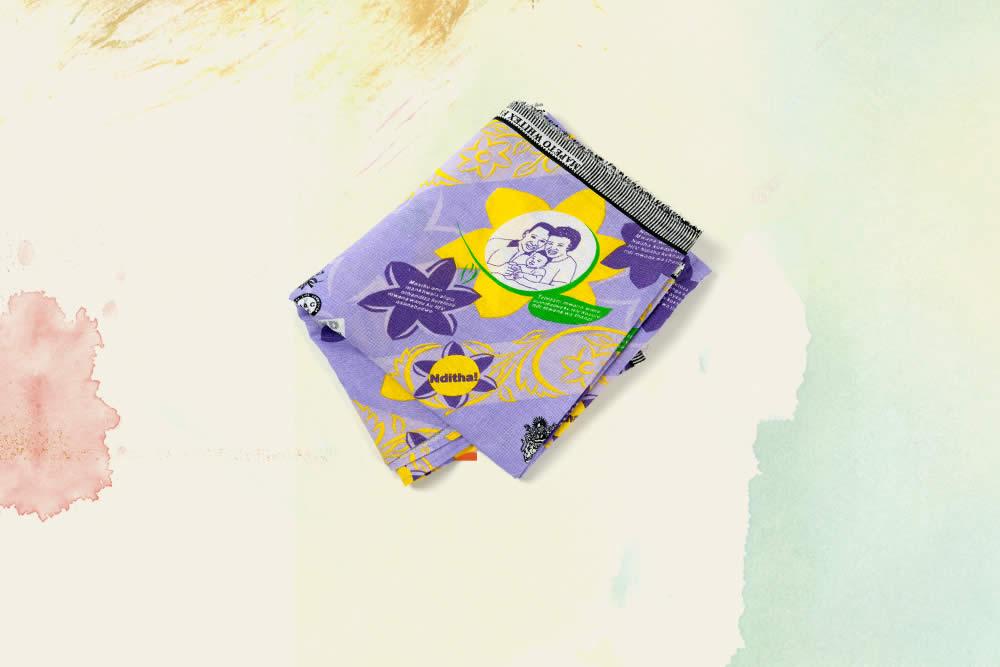
Fabric (2007)
In Malawi, the Center for Communication Programs (CCP) distributed this chitenge—an all-purpose cloth that women use as a skirt, a ground covering and a blanket—as part of an HIV/AIDS campaign called nditha("I can do it").
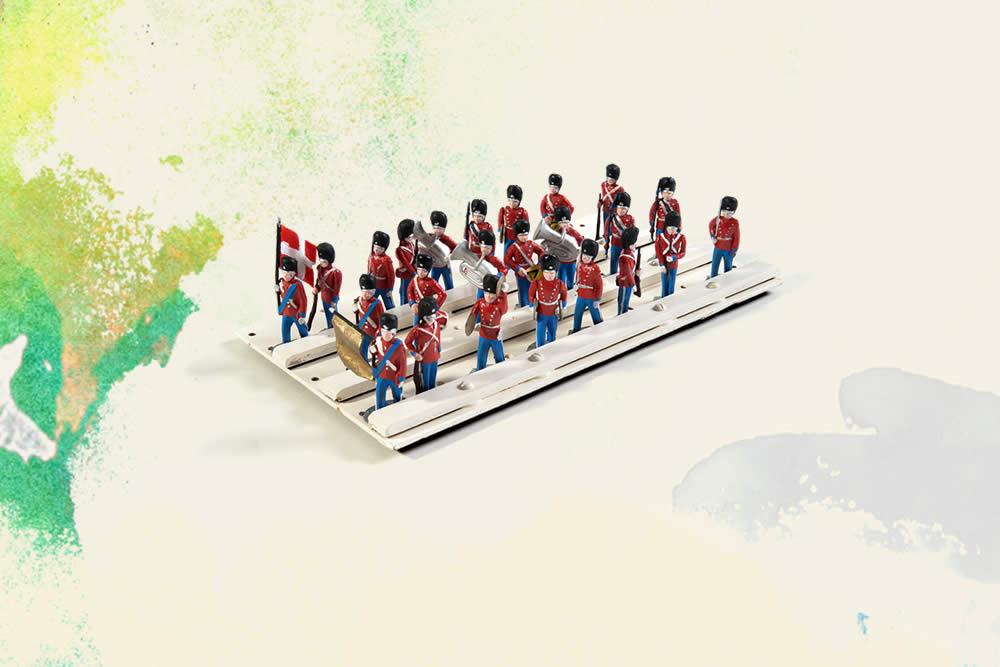
Toy Soldiers (c. 1960s)
For 50 years, George Comstock, MD, DrPH ’56, has a novel way to randomly call on students in epidemiology classes. Each student chose a soldier—one had the message "Please discuss problem" taped to the bottom.
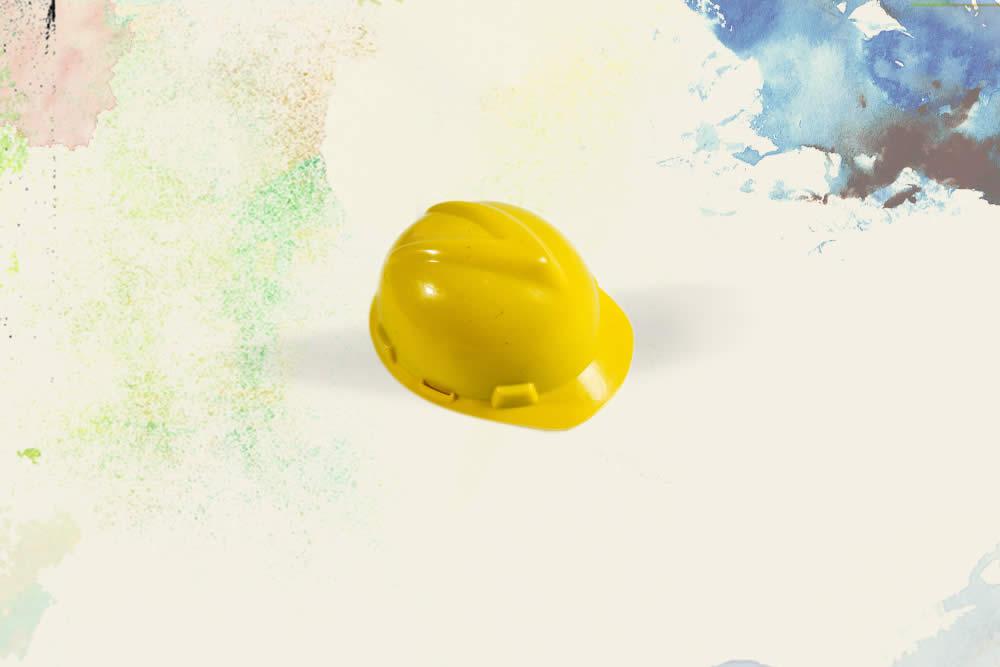
Hard Hat (c. 1997)
Occupational Health and Environmental Medicine residents wore protective gear on visits to Baltimore industrial plants and work sites.
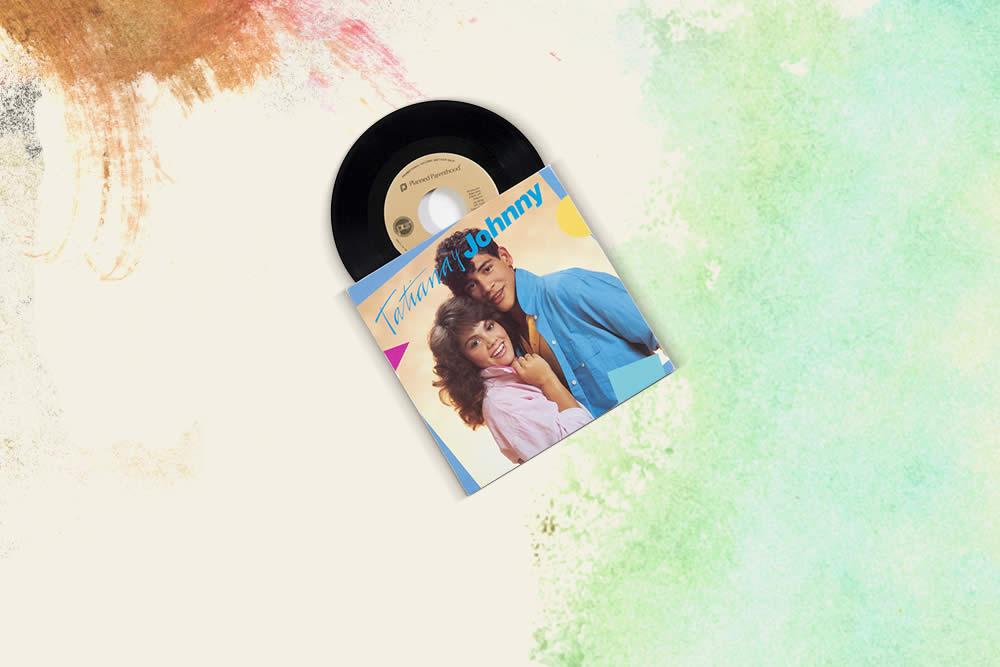
45 RPM Vinyl Record and Sleeve (1986)
CCP reached Latin American youth with an innovative sex education campaign using a blockbuster music video titled "Cuando Estemos Juntos" ("When We're Together"), starring pop singers Tatiana Palacios and Menudo's Johnny Lozada.
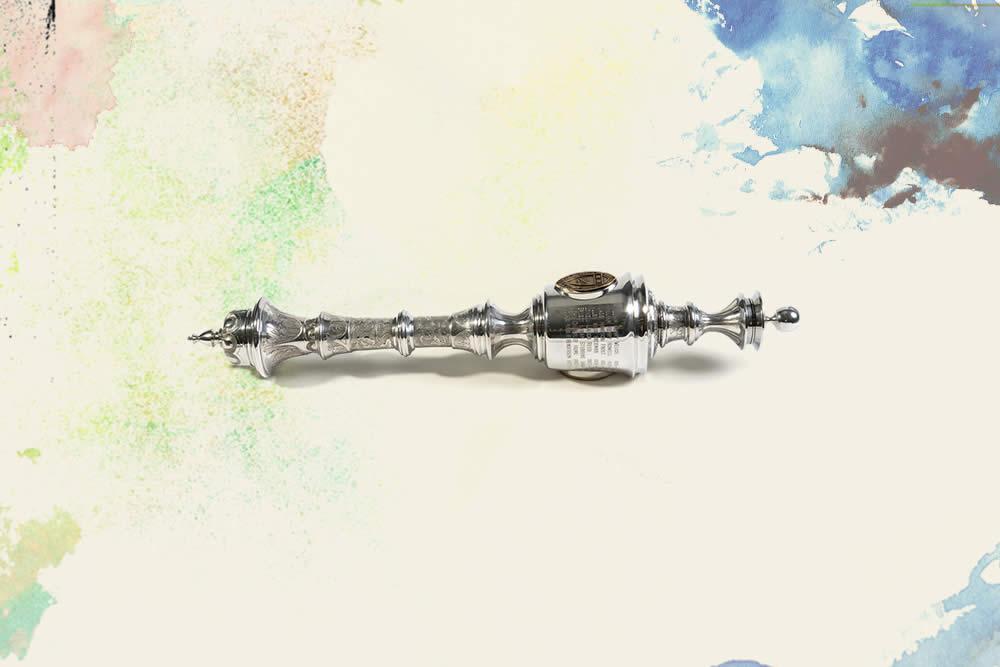
Dean's Mace (1986)
At every JHSPH Convocation since 1986, the Chief Marshal has carried this sterling silver mace engraved with the names of every dean.
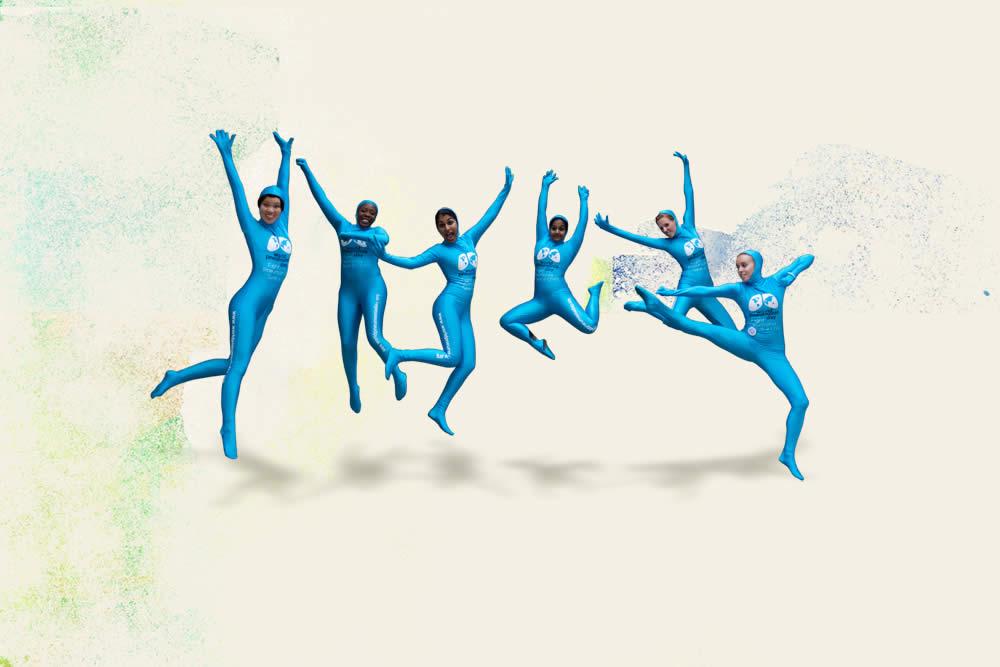
Superhero Spandex (2010)
JHSPH students donned total-body pneumonia-fighter costumes for World Pneumonia Day activities in Washington, D.C. on November 12, 2010. Photo Credit: David Rotbard
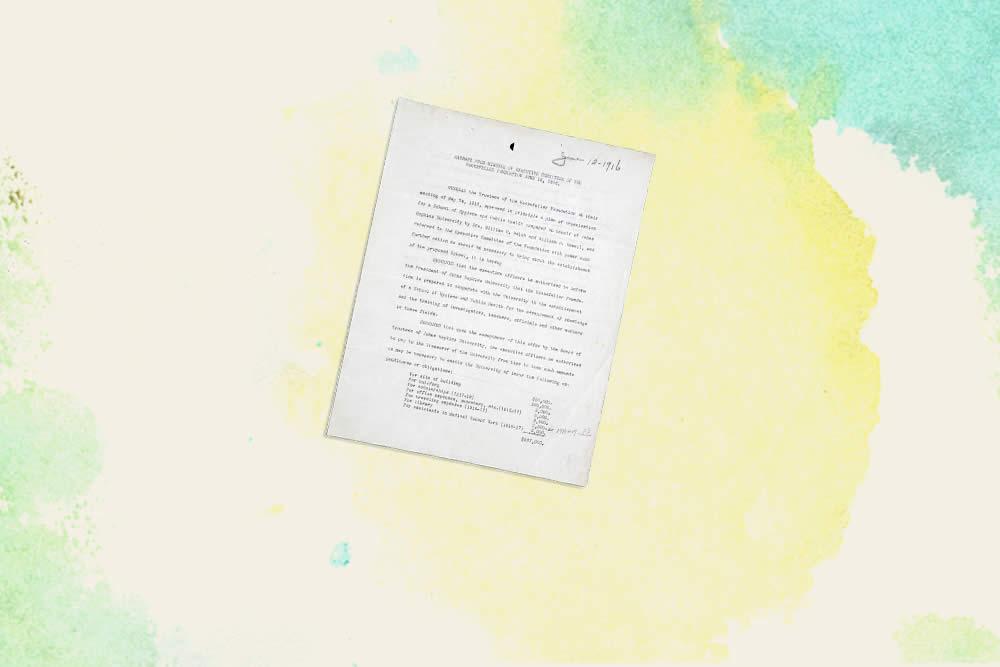
Founding Documents (June 13, 1916)
This memo recorded the Rockefeller Foundation's decision to award Johns Hopkins University a grant to establish a School of Hygiene and Public Health.